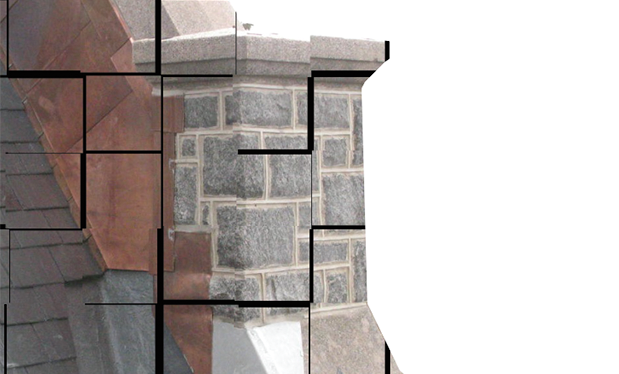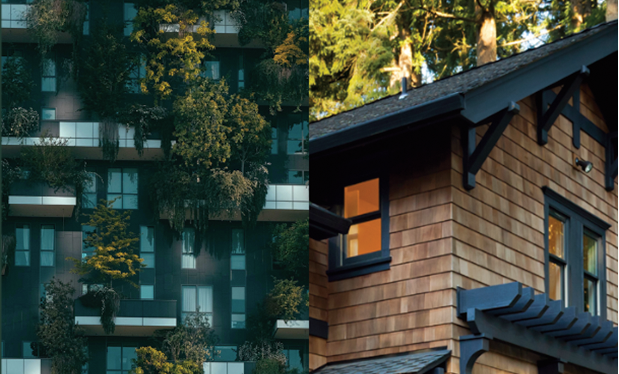
When reroofing, you need to be aware of lightning protection systems, more commonly known as LPS, that you could encounter. The following information and specific guidance will help you address LPS when you come across them.
LPS use
Lightning activity is a hazard in almost all areas of the U.S. and most intense in the mid-central, south-central and southeast regions of the country.
According to the Lightning Protection Institute, in 2018, insurance companies paid nearly $1 billion in lightning-related claims to about 78,000 policy owners.
To minimize the risk to buildings and their occupants and contents, LPS sometimes are used to help avoid lightning-related damage.
LPS components
LPS are passive—they contain no moving parts—and each system’s design is building- and structure-specific.
Effective LPS contain five primary components:
- Strike termination device, most commonly air terminals (formerly called “lightning rods”)
- Conductors
- Bonding
- Surge-protection device
- Grounding electrode system
The strike termination device, conductors and sometimes bonding typically occur at or above the roof surface and, as a result, become components roofing contractors may encounter.
Codes and standards
LPS are addressed in various building codes and standards.
In NFPA 70 National Electrical Code, Chapter 2—Wiring and Protection, Article 250-Ground and Bonding specifically addresses LPS in Section 250.106—Lightning Protection Systems. A nonmandatory informational note in Section 250.106 references NFPA 780, “Standard for the Installation of Lightning Protection Systems,” for further information.
NFPA 780 covers LPS for ordinary and certain specialized structures. Its purpose is to provide for the safeguarding of people and property from hazards arising from lightning exposure.
UL 96, “Standard for Lightning Protection Components,” addresses LPS components and abeling, such as UL Mark labeling.
UL 96A, “Standard for Installation
Requirements for Lightning Protection Systems,” addresses installation requirements for LPS on most building and structure types.
LPI 175, “Standard of Practice for the Design, Installation and Inspection of Lightning Protection Systems,” is based on the latest edition of NFPA 780 and provides additional explanatory information intended to assist installers and inspectors.
UL Solutions has a Master Label Certificate and LPI has a Master Installation Certificate based on their respective standards.
FM Global’s Property Loss Prevention Data Sheet 5-11, “Lightning and Surge Protection for Electrical Systems,” provides additional guidance for FM Global-insured buildings.
NRCA’s recommendations
The installation, evaluation and maintenance of LPS are beyond the expertise of most roofing contractors though components of LPS are installed adjacent to or in direct contact with roof system components.
NRCA recommends designers clearly identify LPS components in construction documents provided to roofing contractors. Designers should include details indicating how LPS components interface with roof system components, taking into consideration the roof system manufacturer’s instructions.
In reroofing situations, if an existing LPS has a Master Label Certificate or Master Installation Certificate, the building owner or manager or designer should notify the roofing contractor before beginning roofing work. Coordination with the building owner’s LPS contractor will be necessary to maintain the certificate.
For noncertified LPS, building owners should consider having existing LPS evaluated by their LPS contractors before beginning roofing work. UL’s Letter of Findings program or LPI’s Limited Scope Inspection program can be used to evaluate and document existing LPS and provide guidance about how to integrate existing LPS components with roof systems.
Project schedule coordination and proper work sequencing will be necessary between the roofing contractor and LPS contractor to ensure efficient installation of the roof system and LPS and minimize return trips to the job site.
Additional information about LPS is available in Appendix 3—Considerations for Lightning Protection Systems of The NRCA Roofing Manual: Architectural Metal Flashing and Condensation and Air Leakage Control—2022. NRCA members can download the manual free from the Free Member Resources link in the My Account section of nrca.net. A hard copy can be purchased from shop.nrca.net.MARK S. GRAHAM is NRCA’s vice president of technical services.
This column is part of Research + Tech. Click here to read additional stories from this section.



